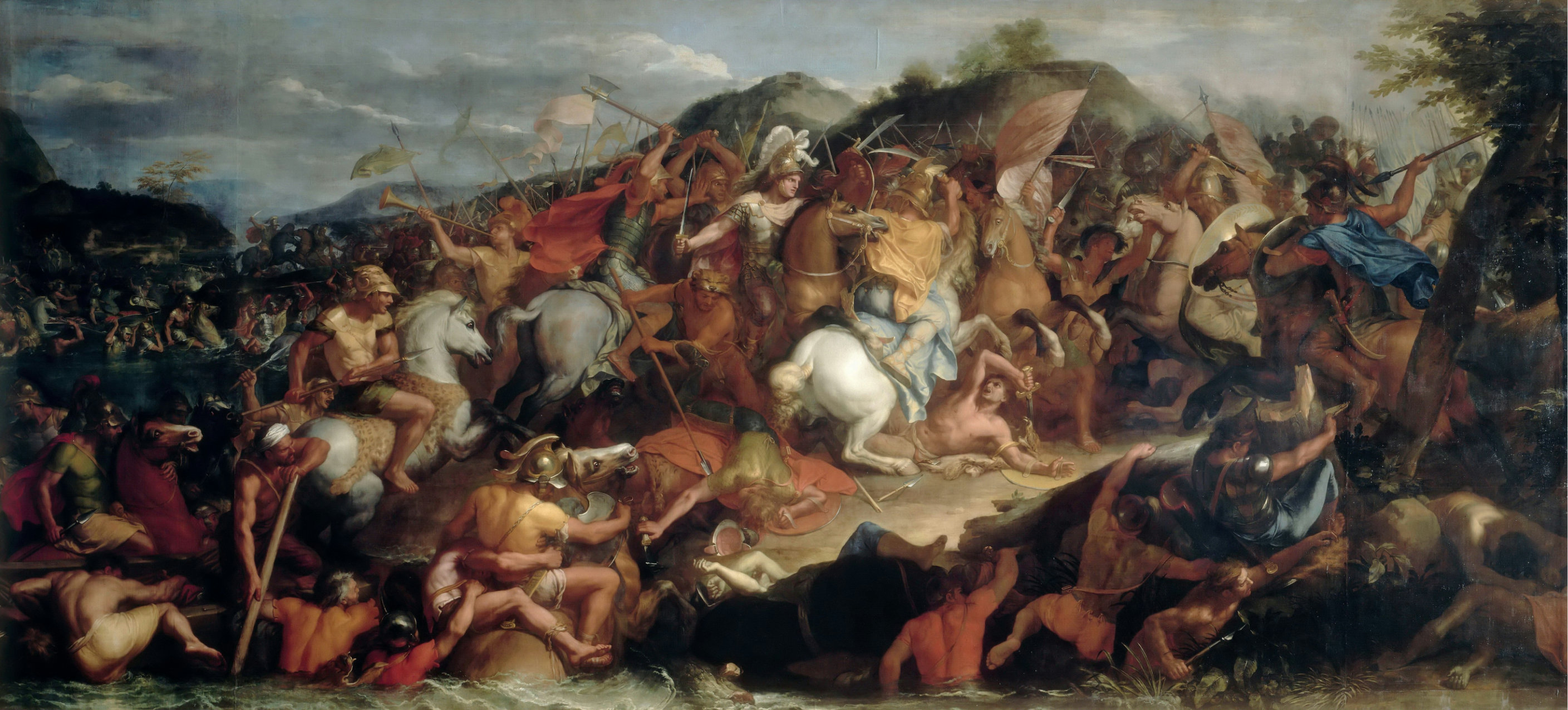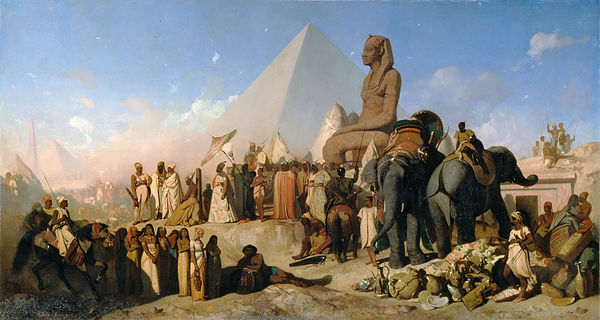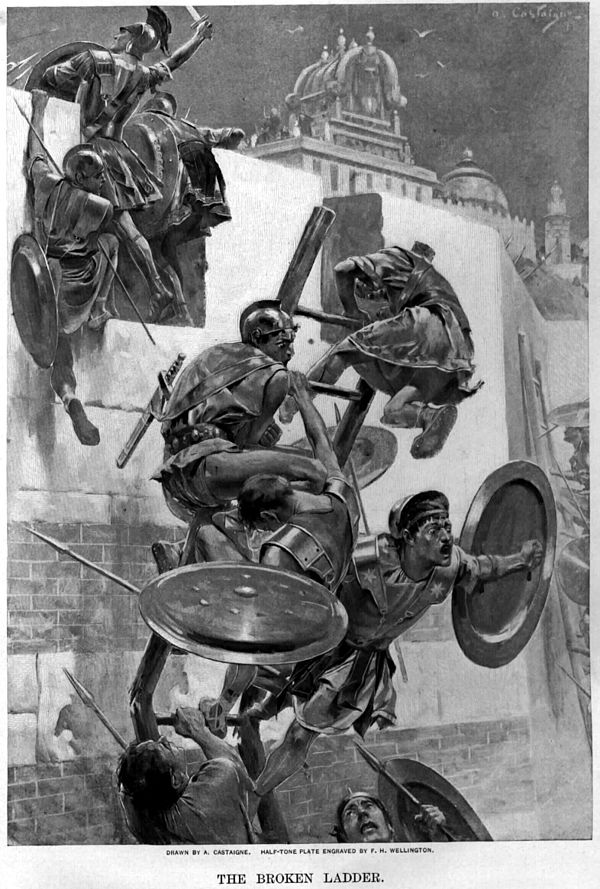
Conquests of Alexander the Great
The conquests of Alexander the Great were a series of conquests that were carried out by Alexander III of Macedon from 336 BCE to 323 BCE. They began with battles against the Achaemenid Persian Empire, then under the rule of Darius III of Persia. After Alexander's chain of victories against Achaemenid Persia, he began a campaign against local chieftains and warlords that were stretched as far from Greece as the region of Punjab in South Asia. By the time of his death, he ruled over most regions of Greece and the conquered Achaemenid Empire (including much of Persian Egypt); he did not, however, manage to conquer the Indian subcontinent in its entirety as was his initial plan. Despite his military accomplishments, Alexander did not provide any stable alternative to the rule of the Achaemenid Empire, and his untimely death threw the vast territories he conquered into a series of civil wars, commonly known as the Wars of the Diadochi.
Alexander assumed kingship over ancient Macedonia following the assassination of his father, Philip II of Macedon (r. 359–336 BCE). During his two-decades on the throne, Philip II had unified the poleis (Greek city-states) of mainland Greece (with Macedonian hegemony) under the League of Corinth. Alexander proceeded to solidify Macedonian rule by quashing a rebellion that took place in the southern Greek city-states, and also staged a short but bloody excursion against the city-states to the north. He then proceeded east in order to carry out his plans to conquer the Achaemenid Empire. His campaign of conquests from Greece spanned across Anatolia, Syria, Phoenicia, Egypt, Mesopotamia, Persia, Afghanistan, and India. He extended the boundaries of his Macedonian Empire as far east as the city of Taxila in modern-day Pakistan.













































